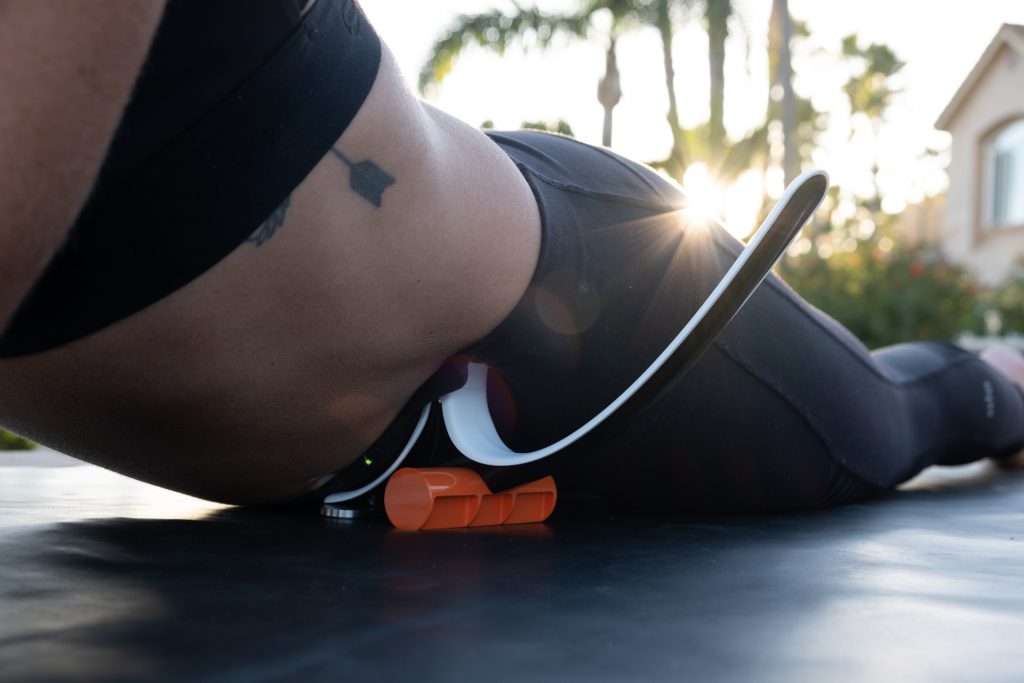
Thinking about getting a hip replacement? If you are, you’re not alone – according to the Agency for Healthcare Research and Quality, more than 400,000 hip replacement surgeries are done each year.
Although the surgery is becoming increasingly common, it can sometimes be an unnecessary one, leading to more pain in the future. Hip pain is incredibly complex, and there are often more than one answer when it comes to solving that pain.
One common misunderstanding that people have about hip pain and hip arthritis is that the two are always linked. That’s far from the truth, though; there are plenty of people who have hip arthritis but don’t suffer from pain, and just as many people who have severe pain without hip arthritis.
Before you make the final decision on a hip surgery, try these five methods to alleviate hip pain and get to the source of the problem. If you can find the cause of your hip pain, you might be able to avoid a lot of unnecessary treatment and surgery.
- Work on Exercises That Strengthen Your Glutes
Strengthening your glutes and your hips is one of the first steps you should take to get rid of hip pain. By increasing the strength of your glutes, you’ll be able to help stabilize your hips, help absorb force running through the joint, and keep the hips and pelvis in proper alignment.
Not sure where to start? I recommend the Clamshell Exercise as an excellent starting point. This helps to strengthen your gluteus medius, which will help alleviate hip pain and hip joint strain.
- Release Tension in Your Hip Flexors
I wrote an entire book on this subject for a reason! Tight hips and hip flexors can be a major catalyst for pain. Tight hip flexors can compress your hip joint, causing a rotation in the pelvis that misaligns the hip joint, then the ball doesn’t fit well in the socket, leading to grinding and irritation. This tension, more often than not, is the root cause of a lot of hip pain, and it can be solved with ease and without surgery when you have the right tools.
Releasing the tension in your hip flexors – the psoas and iliacus – allows your hip to return to a normal alignment. Using prolonged pressure on these muscles is a great way to ease tension in your hip flexors, stretching is often not enough. Using a 4 inch ball or the Hip Hook provides the necessary positioning, angle, and pressure to allow you to release this tension at home.
- Realign Your Pelvis
Tight hip flexors can pull your pelvis forward (an anterior rotation), causing misalignment and pain. Before you decide to get a hip surgery, try a couple of pelvis realignment exercises to help put it in place. First you need to find the side that is rotated forward. Then lie on your back with both feet off the ground. Put your hands behind the knee of the side that is rotated forward then gently push against that hand contract your glute and hamstring, as if you were trying to put your foot on the ground. Hold for 2 seconds and repeat 10 times.
This exercise also relaxes the tension in your hip flexors. This works by contracting the opposite muscle. Because tight hip flexors cause your pelvis to be out of alignment, pairing this exercise with releasing the tension in the hip flexor muscles go hand-in-hand.
- Use Arch Supports, If You’re Not Already
As insignificant as it may seem, proper footwear and arch supports in your shoes can have an impact on your whole body, especially your hips. Arch supports help keep your legs in a better position, which can mean improved alignment in your hips. Without proper shoe wear, the ball doesn’t align well in the socket of the hip joint and unnecessary joint irritation can develop.
Using arch supports probably won’t completely solve your problem, though. Arch supports are great when used alongside other exercises. If you’re working on releasing tension in your hip flexors and realigning your pelvis, arch supports are a great way to help support that process, no pun intended.
- Get on an Anti-Inflammatory Diet
If you’re trying to discover the source of your pain, your diet is one of the first things you should check. Systemic inflammation can lead to hip pain, and an anti-inflammatory diet can be one of the keys to getting rid of that pain. Stress causes inflammation too. A healthy lifestyle affects all parts of you, there is no way around that.
There’s so much to learn about hip pain and alleviating it, but the tips above should set you on the right track to getting rid of hip pain the natural way before resorting to surgery. It is my mission to decrease the amount of hip surgeries by getting at the actual cause of pain and joint irritation and even prevent this irritation to begin with.
Christine Koth, MPT is a holistic physical therapist who has specialized in the hip area for decades and is aptly named the “Iliacus Queen.” She is the inventor of the Hip Hook, the world’s first tool designed to specifically release the iliacus muscle and bestselling author of Tight Hip, Twisted Core – The Key to Unresolved Pain, where she unveils the role these hip flexor muscles play in back, hip, tailbone, knee and foot pain. Learn more about Christine at ChristineKoth.com.
